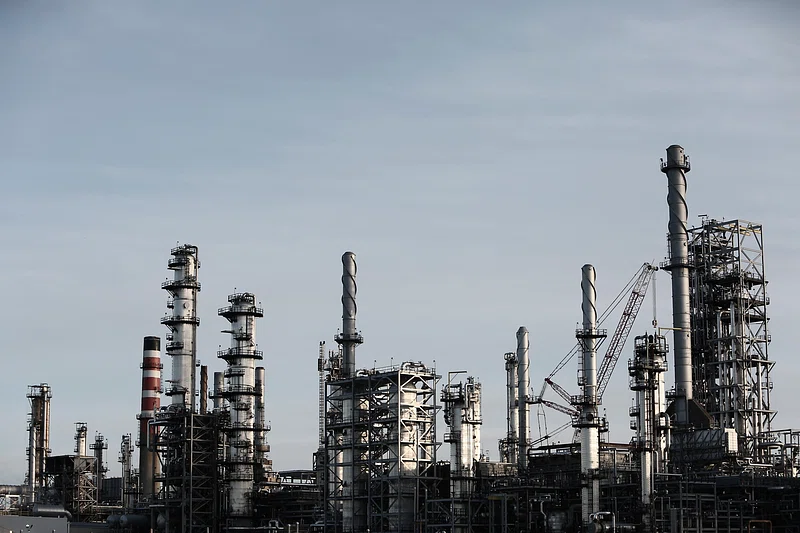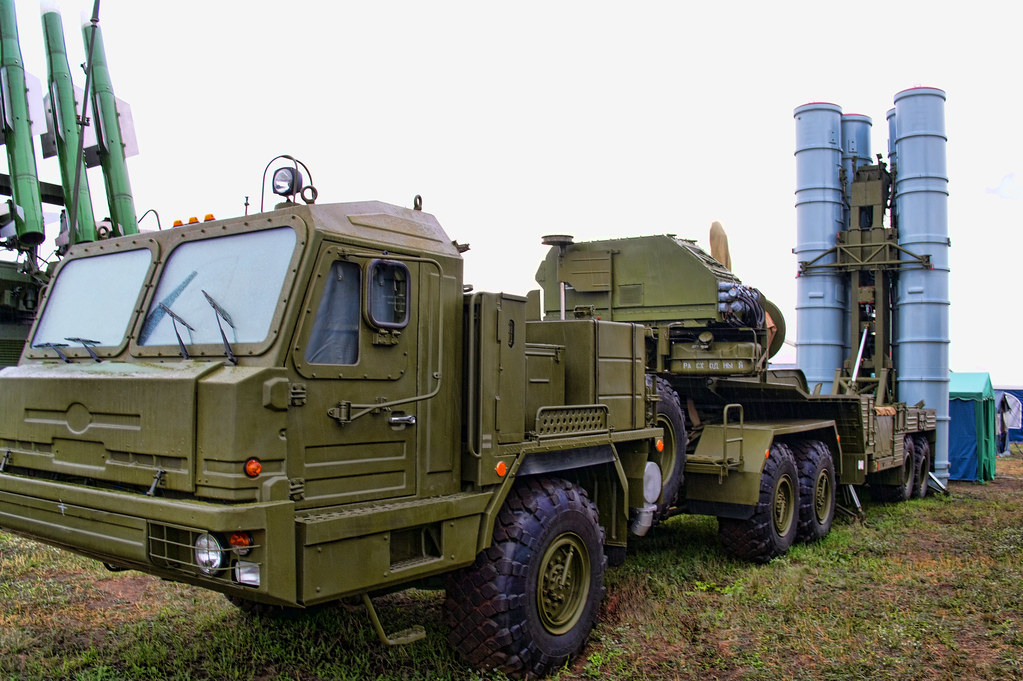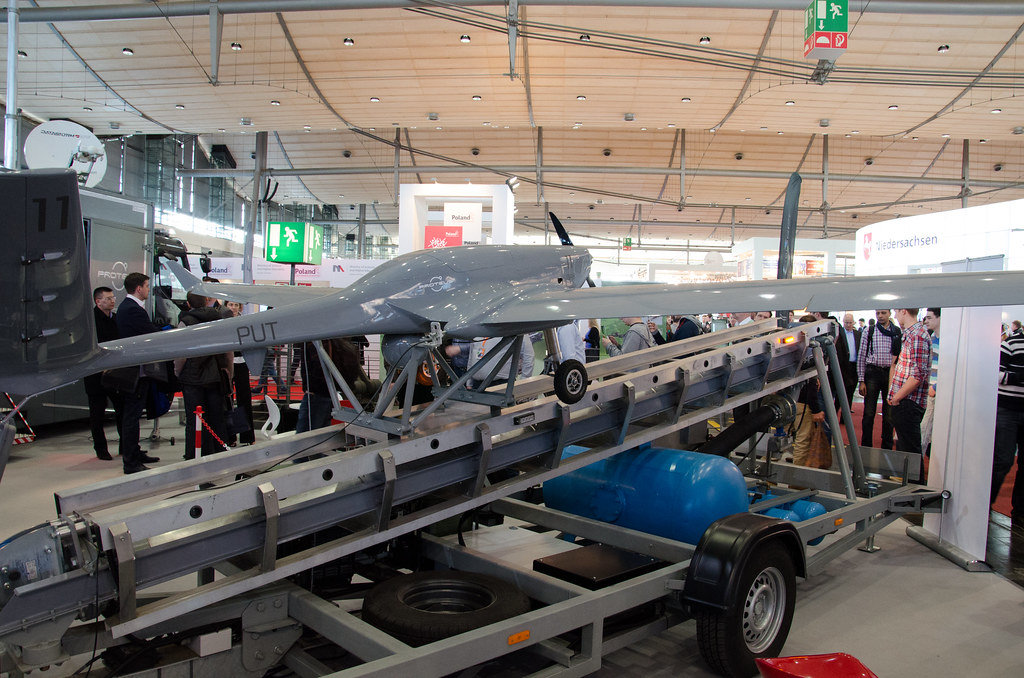
In one night, Ukraine took out of commission a refinery processing more than a quarter-million barrels of crude per day-about 5% of Russia’s refining capacity. The strike on Rosneft’s Ryazan refinery deep inside Russian territory on November 20 is more than a tactical success; it is a calculated escalation in the energy war that now runs parallel to the fighting on the ground.
The attack is part of a concerted Ukrainian effort to degrade Russia’s ability to fund and fuel its war. Kyiv has since the summer launched dozens of long-range strikes at refineries, ports, and depots, forcing Moscow to juggle repairs, reroute supplies, and confront a sharp spike in domestic fuel prices. Along with tightening Western sanctions, these operations are reshaping the strategic and economic contours of the conflict.
What follows are nine key insights into the strike, its context, and implications for the war, the Russian economy, and global energy markets.

1. Ryazan’s Strategic Role in Russia’s Energy Network
With a capacity of over 260,000 barrels per day, the Ryazan refinery is the fourth largest in Russia. It supplies the Aerospace Forces with nearly 840,000 tons of TS-1 aviation fuel annually, which ranks it as a major military supplier. The newest strike is the latest in a series: the main crude distillation unit-responsible for almost half its production-was already offline from a November 15 strike. Repairs to another unit damaged in October remain incomplete, and the facility has been mostly out of commission, deepening Russia’s energy vulnerability.

2. Precision Strikes and Deep Penetration
The attack was preceded by surveillance drones, underscoring Ukraine’s ability to penetrate dense Russian air defenses. According to Ukrainian commanders, long-range drones-like the domestically produced Liutyi-can now reach targets within a 1,000-kilometre radius, doubling their range over the past year. This reach allows Kyiv to hit not just border facilities but deep strategic assets, forcing Moscow to defend a far larger area.

3. Russian Refining Capacity Cumulative Damage
War analysts estimate that Ukrainian strikes have disabled as much as 15% of Russia’s refining capacity since summer. Between August and October alone, 20% of capacity was knocked offline, though Moscow used idle units to limit output losses to 3-6%. The repeated hits, though, are stretching spare-parts supply chains already constrained by sanctions, raising the risk of longer-term capacity erosion.

4. Economic Pressure Through Energy Disruption
Oil and gas revenues fund about a quarter of Russia’s federal budget. Strikes on refining infrastructure have resulted in a 21% decline in treasury oil and gas revenues from January to October, according to independent estimates. Because of this, domestic fuel prices have risen over 10%, with export limits in place to try to normalize supply. The International Energy Agency also says repeated attacks have led to restrictions in diesel and jet fuel exports, further squeezing what had been a major source of revenue.

5. Interaction with Western Sanctions
The Ryazan strike came on the day that fresh EU, UK, and US sanctions hit Russian energy majors Rosneft and Lukoil and the shadow fleet of ships which moves sanctioned oil. Dr. Benjamin L. Schmitt of the University of Pennsylvania described the US measures as “the most significant set of energy sanctions imposed against the Russian Federation since the beginning of Moscow’s renewed invasion,” adding that enforcement against secondary buyers in China and India would be critical for the impact.

6. Russian Countermeasures and Resilience
Processing had been switched to undamaged plants, and units repaired quickly, limiting the annual refining losses so far to about 3%. But many refineries contain Western-made components that are hard to replace under sanctions, with domestic or Chinese substitutes not always equivalent. Russian officials also claim high interception rates but the scale of damage at sites such as Ryazan has cast doubt on those assertions.

7. Ukrainian Drone Production and Cost Efficiency
Much of Ukraine’s strike fleet has been built in-country, often in small, dispersed workshops. That keeps costs minimal and allows for rapid adaptation. The Liutyi drone, said to cost about $55,000 to produce, is cheap enough to sustain high-tempo operations. Commanders stress that success depends on “the drones, the people and the planning,” as one officer, call sign Fidel, put it. It’s a low-cost, high-impact model that’s testing Russia’s expensive air defense systems.

8. Global Market Ripples
Sanctions piled on top of strikes have unsettled world oil markets. Russia’s crude shipments fell to 3.36 million barrels a day last week, which dragged weekly revenues to their lowest since mid-2023 at about $1.2 billion. Some Indian and Chinese refiners have stopped buying due to US sanctions, while European policies also continue reducing Russian energy imports. These changes hasten the pace of structural shifts in the trade of global energy.

9. Strategic Implications for the War’s Next Phase:
Energy infrastructure has become a pivotal battlefield. Ukraine’s long-range strike campaign works in tandem with ground operations to weaken Russia’s logistical and fiscal positions. But analysts caution that these strikes, even as militarily consequential, are unlikely on their own to push Moscow to withdraw. As winter begins, attacks by both sides on critical infrastructure make fuel production and supply as key as firepower.
The Ryazan refinery strike epitomizes the changing character of the Ukraine-Russia conflict, wherein economic warfare and battlefield operations are more interconnected than ever. In targeting the infrastructure that fuels Russia’s military and finances its war, Ukraine is focusing pressure in a dimension where Moscow’s resistance is not limitless. How this approach, taken in concert with sanctions, will adjust the broader trajectory of the war remains a function of sustained operational success, enforcement of economic measures, and the ability of the opposing forces to adapt in a dynamic battlespace.


